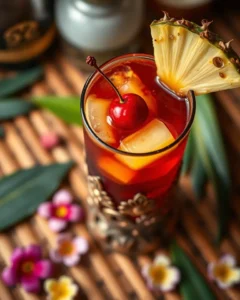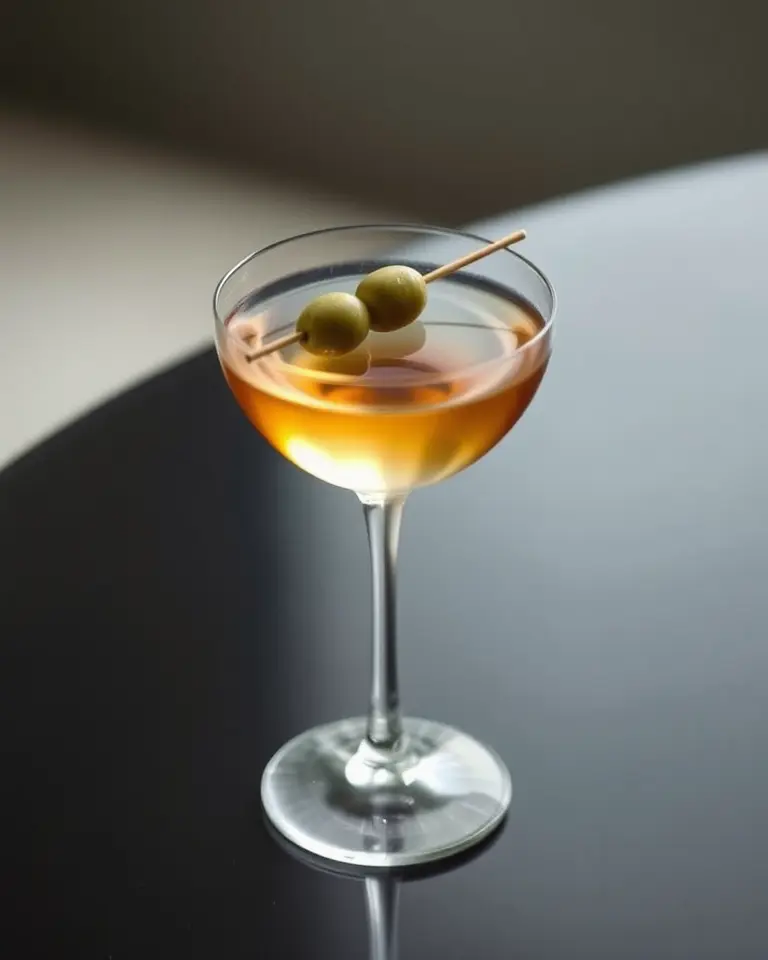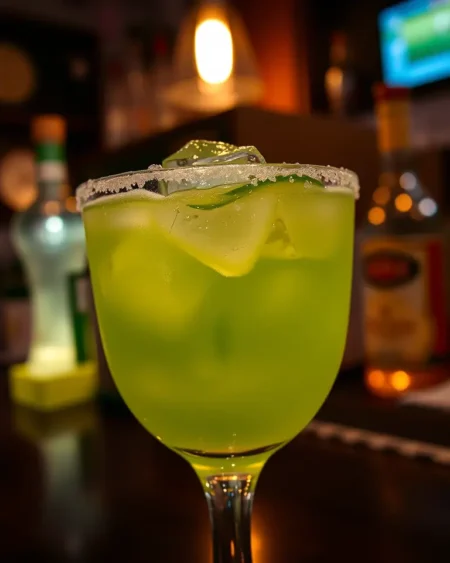The Dry Martini, a cocktail synonymous with sophistication and simplicity, has captivated drinkers for over a century. While its exact origins remain debated, the drink’s evolution from sweeter predecessors to the bone-dry version we know today is a testament to changing tastes and the enduring appeal of minimalist cocktails. This article delves into the intricacies of a “preferred” 5:1 ratio Dry Martini, exploring its history, preparation, and the nuances that make it a classic.
A History of Dryness
The Dry Martini‘s lineage can be traced back to the late 19th century, with potential ancestors like the Martinez and the Manhattan. The Martinez, a cocktail featuring sweet vermouth, gin, maraschino liqueur, and bitters, is often cited as a direct precursor. As tastes shifted towards drier profiles, bartenders began experimenting with dry vermouth, ultimately giving birth to the Martini.
From Sweet to Dry
The term “dry” initially referred to the use of dry vermouth instead of sweet vermouth. Over time, the definition of “dry” evolved to reflect the amount of vermouth used in relation to the gin. The trend towards dryness continued, with ratios shifting to favor gin. By the early 20th century, the Dry Martini was on its way to becoming a cultural icon. During Prohibition in the United States, the dry martini’s popularity surged as it was a way to mask the taste of bootleg gin.
The 5:1 Ratio Emerges
While many ratios exist, the 5:1 ratio—five parts gin to one part dry vermouth—is considered by many to be a solid middle ground. It provides a dry drink that’s not overly boozy, striking a balance between the sharpness of the gin and the subtle herbal notes of the vermouth. It’s a ratio that is preferred by many who enjoy a classic, yet not overwhelmingly dry martini.
Crafting the Perfect 5:1 Dry Martini
Making a 5:1 Dry Martini is a process that demands attention to detail. The quality of ingredients and the technique used will greatly impact the final outcome. Here’s a step-by-step guide to crafting a superb version:
Ingredients
- Gin: London Dry gin is the traditional choice, offering a crisp juniper-forward profile. Popular options include Tanqueray, Beefeater, Gordon’s, and Bombay Sapphire. Some prefer Plymouth gin for its slightly softer juniper notes.
- Dry Vermouth: French dry vermouth is the standard. Noilly Prat and Dolin are considered classic choices, known for their delicate herbal character.
- Orange Bitters (Optional): A couple of dashes of orange bitters can add complexity and depth to the cocktail, complementing both the gin and the vermouth. Fee Brothers and The Bitter Truth are popular brands.
- Garnish: A lemon twist is a popular choice, expressing oils over the drink’s surface before being added to the glass. Alternatively, a green olive is a classic garnish.
Equipment
- Mixing Glass: A sturdy glass for stirring the cocktail.
- Bar Spoon: For stirring the drink and ensuring proper dilution.
- Jigger or Measuring Tool: For accurate measurements of ingredients.
- Strainer: To separate the ice from the drink when pouring.
- Cocktail Glass: The classic V-shaped martini glass or a coupe glass.
- Optional: Ice pick or small knife for creating lemon twists.
Instructions
- Chill your glass: Place your martini or coupe glass in the freezer or fill it with ice while you prepare the cocktail. This is crucial for maintaining the drink’s temperature.
- Combine ingredients: Add plenty of ice to the mixing glass. Pour in 2 ½ ounces of your chosen gin, followed by ½ ounce of dry vermouth. Add two dashes of orange bitters if you desire.
- Stir: Gently stir the mixture for approximately 30 seconds. This chills the drink and dilutes it slightly without bruising the gin.
- Strain: Discard the ice from your chilled glass. Strain the cocktail from the mixing glass into the chilled serving glass.
- Garnish: Express the oils of a lemon twist over the drink by squeezing it gently, then drop the twist into the glass, or garnish with a green olive.
Variations and Personalization
While the 5:1 ratio is a classic starting point, there is plenty of room for personal preference and variation:
The “Extra Dry” Martini
An “extra dry” martini, at its most extreme, contains no vermouth at all. This is a controversial take as it eliminates the intended balance of a cocktail and is simply cold, diluted gin.
Wet Martini
A “wet” martini increases the amount of vermouth, creating a softer and more herbal flavor profile. A 2:1 ratio of gin to vermouth is considered a standard “wet” martini.
Dirty Martini
Adding a splash of olive brine to the mix creates a “dirty” martini. This adds a salty and savory element to the drink.
Reverse Martini
The reverse martini flips the standard ratio, featuring more vermouth than gin. This results in a lighter and more aromatic cocktail.
Vodka Martini
While gin is the traditional base, the martini can be made with vodka, offering a cleaner and more neutral taste.
Gibson Martini
A Gibson is a standard Dry Martini that is garnished with cocktail onions instead of olives.
Experiment with Gin and Vermouth
The world of gin and vermouth offers vast possibilities for customization. Experimenting with different brands can lead to unique flavor profiles, making each martini a personalized creation.
The Enduring Allure of the Dry Martini
The Dry Martini, in its preferred 5:1 ratio, is more than just a cocktail; it is a symbol of timeless elegance and refined taste. Its simplicity belies a complexity of flavor and a rich history, making it a perennial favorite among cocktail enthusiasts. Whether you adhere strictly to the classic recipe or experiment with variations, the Dry Martini is a drink that offers endless opportunities for exploration and enjoyment.







